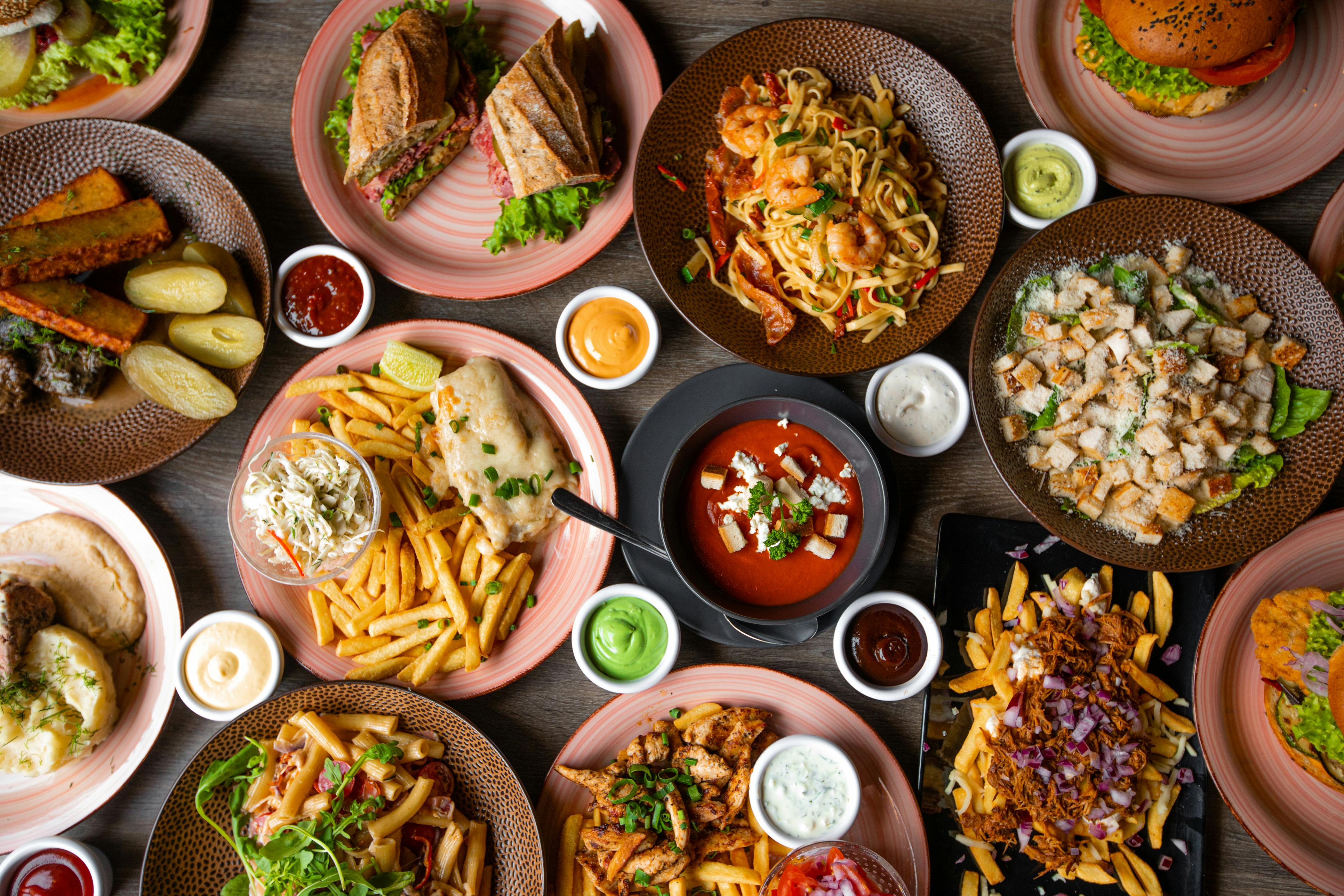
Serving Up Compelling Pitches in Food & Beverage Sector
By Samantha HowathThe rapidly changing media landscape brings both challenges and opportunities for public relations practitioners, especially in the food and beverage sector. From TikTok content to an emphasis on brand authenticity, publicists need to be strategic about how and when they pitch. It’s important to stay ahead of the curve, tapping into the pulse of this dynamic industry.
Following are tips that can help PR professionals cut through the noise and secure valuable coverage.
Personalize Your Pitches.
Journalists receive hundreds of emails a day, many of which are generic story requests. Yet, taking a few extra steps to understand your audience creates connections.
First, address them by their first name. In addition, do your research to ensure your story is relevant to their expertise. Review previous coverage on the outlet’s website or social media, where many journalists list their beat(s). If someone solely covers education, don’t expect them to write about a new food hall. Mention that you saw their recent story on the best coffee shops in the city or creative cocktail ingredients, and suggest a follow-up piece with your client.
If you have an existing relationship, spark their memory by mentioning how you worked with them previously and what it was for. Keep it brief but tailoring your pitch notes helps build rapport and journalists may keep you in mind for future stories.
Identify why it’s newsworthy.
Don’t assume that media will be interested in your pitch if it doesn’t have a news hook. Ask yourself, “why does this matter?” as you craft the narrative. Leverage timely moments like seasonal menu offerings or programming, national days or heritage months like Women’s History Month. Monitor trends like sustainability or innovation, and weave those themes into the pitch to show your client’s work fits into a larger conversation.
If you’re highlighting a unique menu item, note why it’s different than those of competitors. Does it use ingredients with health benefits? Does it have a connection to an upcoming cultural holiday?
Don’t overlook the subject line.
As the first thing reporters see when receiving a media pitch, subject lines are a critical component in capturing their attention. A compelling subject line can determine whether the pitch is opened or ignored. Luckily, pitching food and beverage stories offers the opportunity to get creative. Consider using a play on words or appealing to the senses.
A well-crafted subject line not only highlights the relevance of the story but also piques the reporter’s curiosity, increasing the chances of a positive response. In a crowded inbox, a strong subject line can set the tone for the entire pitch and help ensure that the story gets the attention it deserves.
Develop a strong lead.
A pitch shouldn’t be long, especially when you’re accompanying it with a press release or media advisory below that will get into the details. For best practices, keep it to 150 – 200 words. Be sure to explain the what, where and when upfront so journalists don’t need to go digging for the information. Include links to the client’s website with a brief description of what they’re offering.
Proofread.
Journalists expect that the information you’re providing is correct and you’re knowledgeable about the source. Before hitting send, make sure that any links work and there’s no typos. Don’t forget to check the address and spelling of menu items, names, etc.
Provide visuals.
Images are always important to paint a visual for media, but especially with food and beverage. For example, include images of the specific dish when highlighting a seasonal special or a chef’s headshot. Share a link to high quality photos so the reporter doesn’t have to ask for it.
Reiterate the “Why.”
In wrapping up your pitch, reiterate what’s in it for the reporter. Perhaps you’re inviting them to a grand opening, special tasting or hoping to schedule an interview. Concluding the note with a clear call to action invites them to take the next step.
Successful food and beverage pitches never fall under a “one-size-fits all” strategy. Rather, they require PR teams to be tactical, personalized, and creative in their storytelling. By crafting relevant, newsworthy stories with a clear call to action, food and beverage brands can stand out in a crowded market.